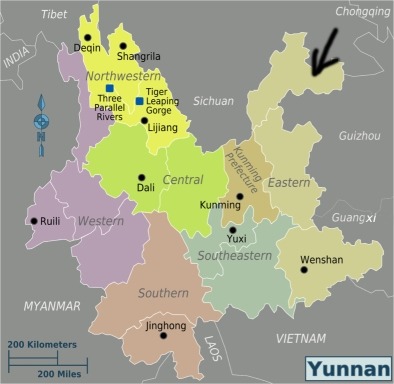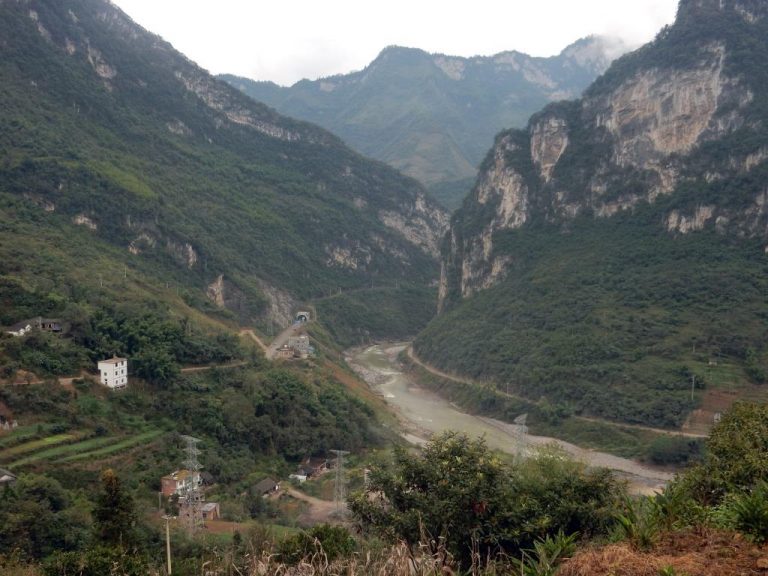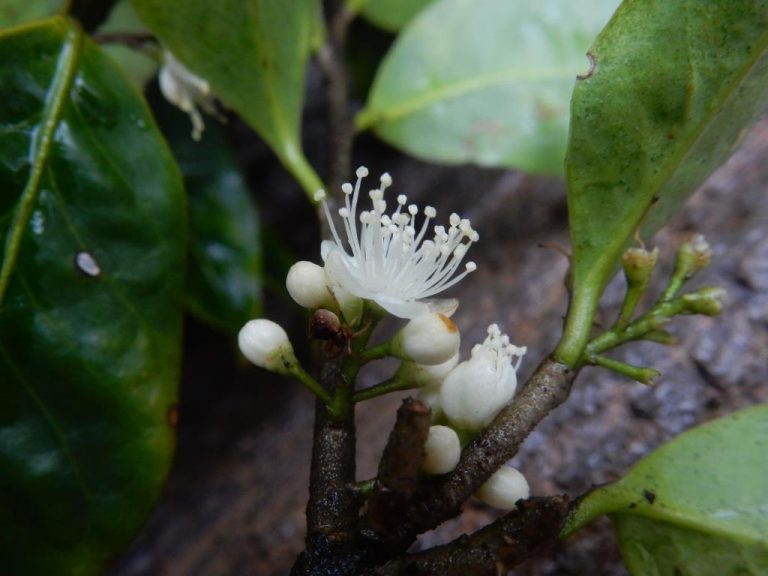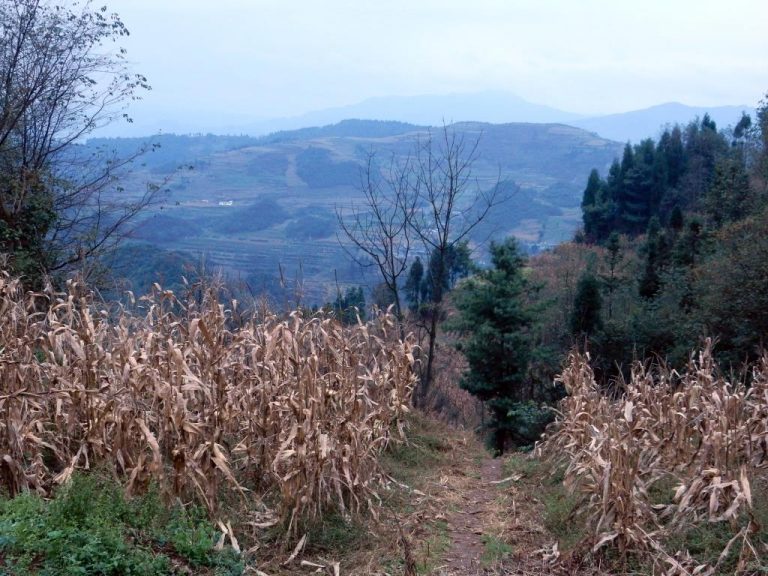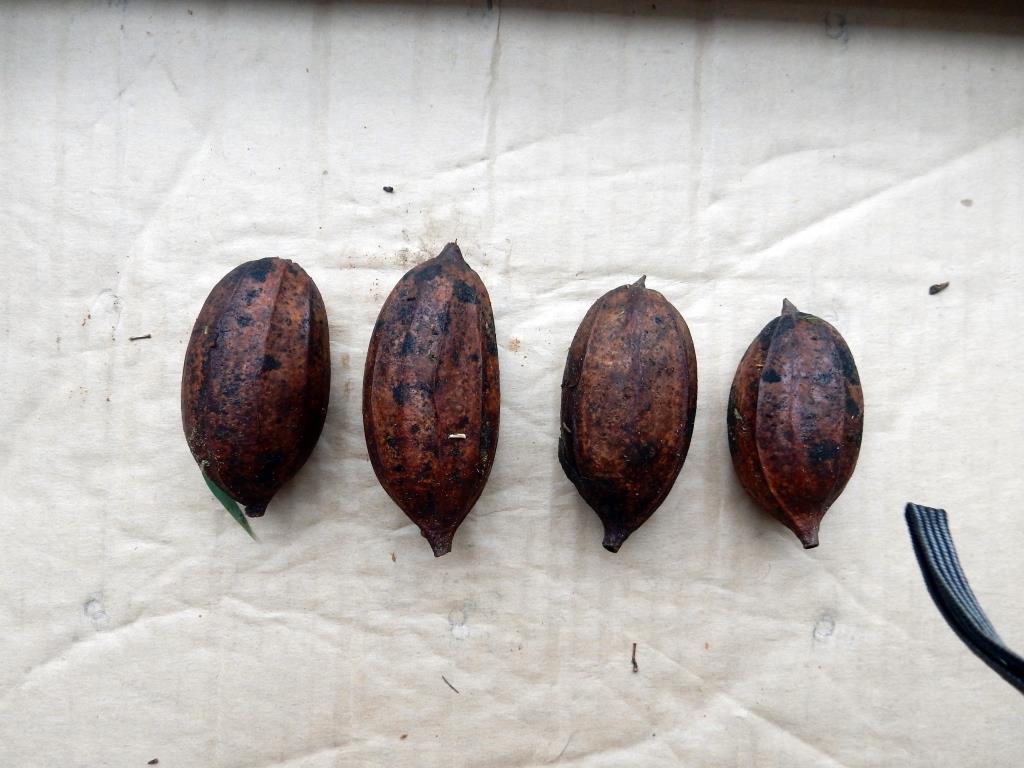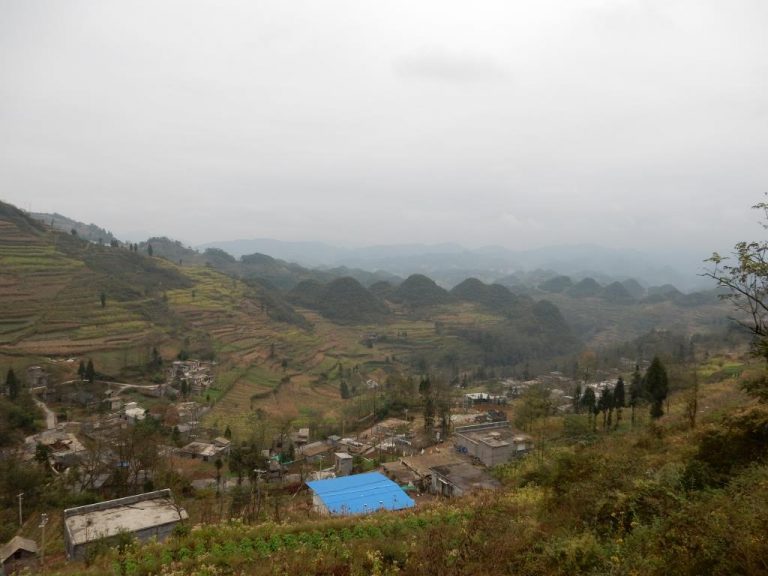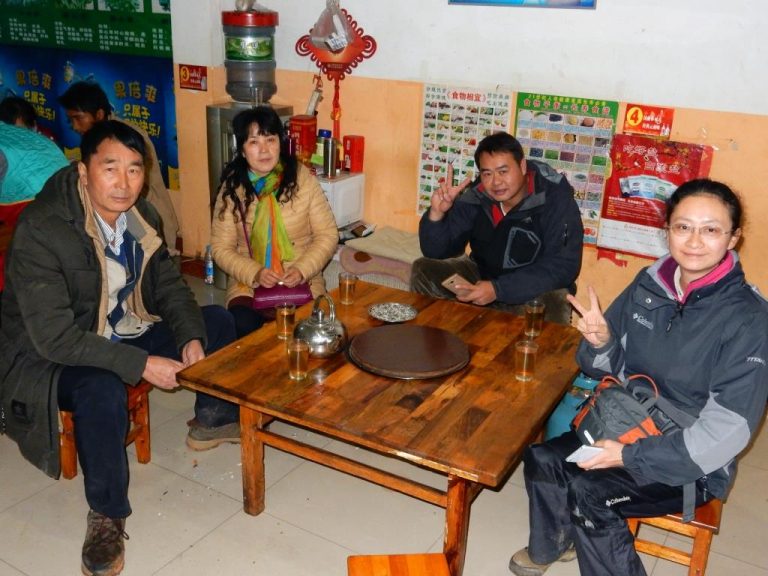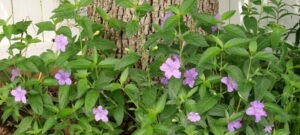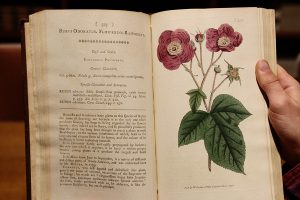Dr. Peter Fritsch, BRIT’s VP of Research and Director of the Herbarium, is on a visiting scholarship from the Chinese Academy of Sciences, based at the Kunming Institute of Botany in Kunming, the capital of Yunnan Province. Peter went on a brief (8-day) field trip in late October-early November to far northeastern Yunnan Province and the bordering area of Guizhou Province. Below are some photos from his trip.
